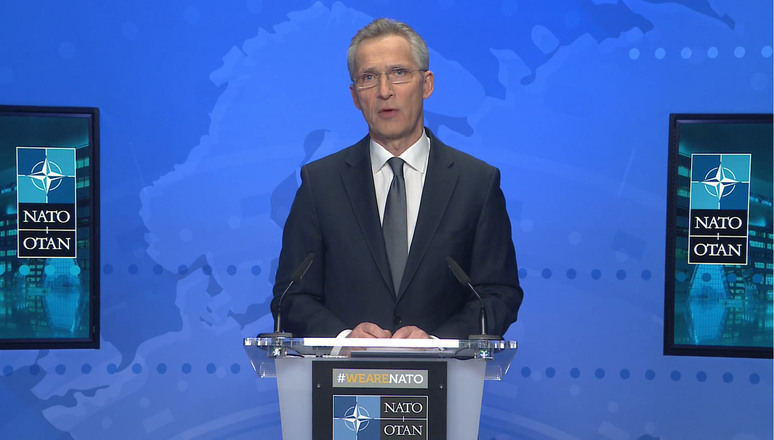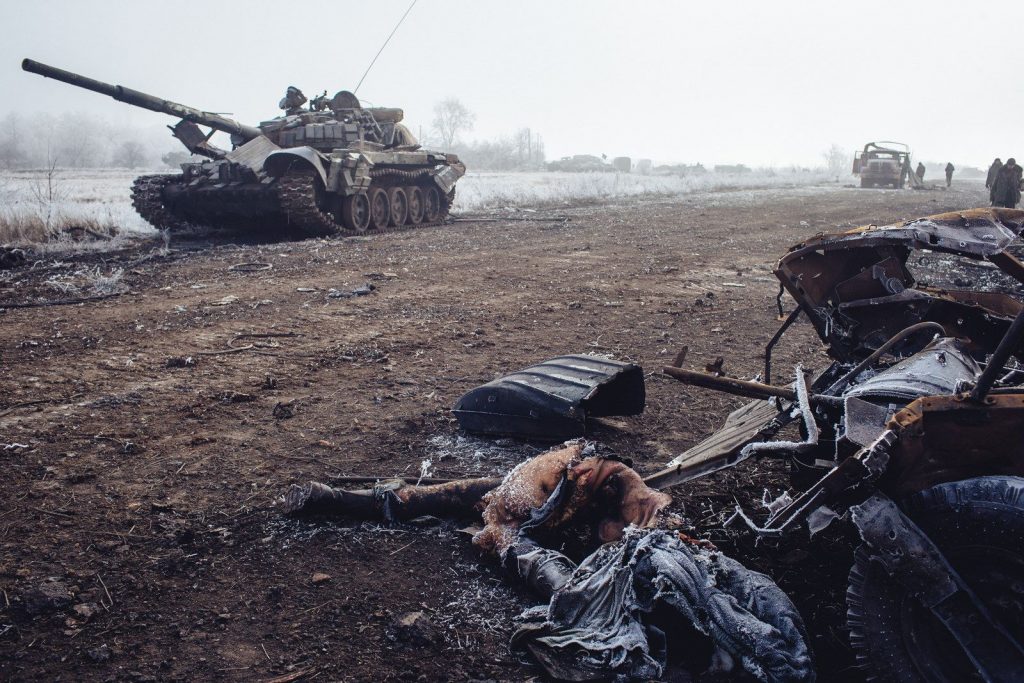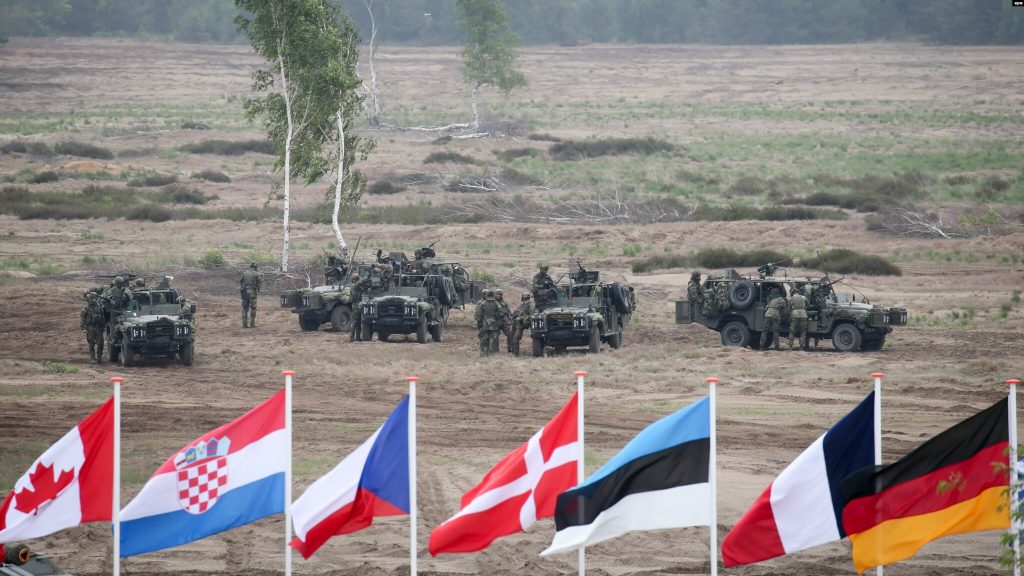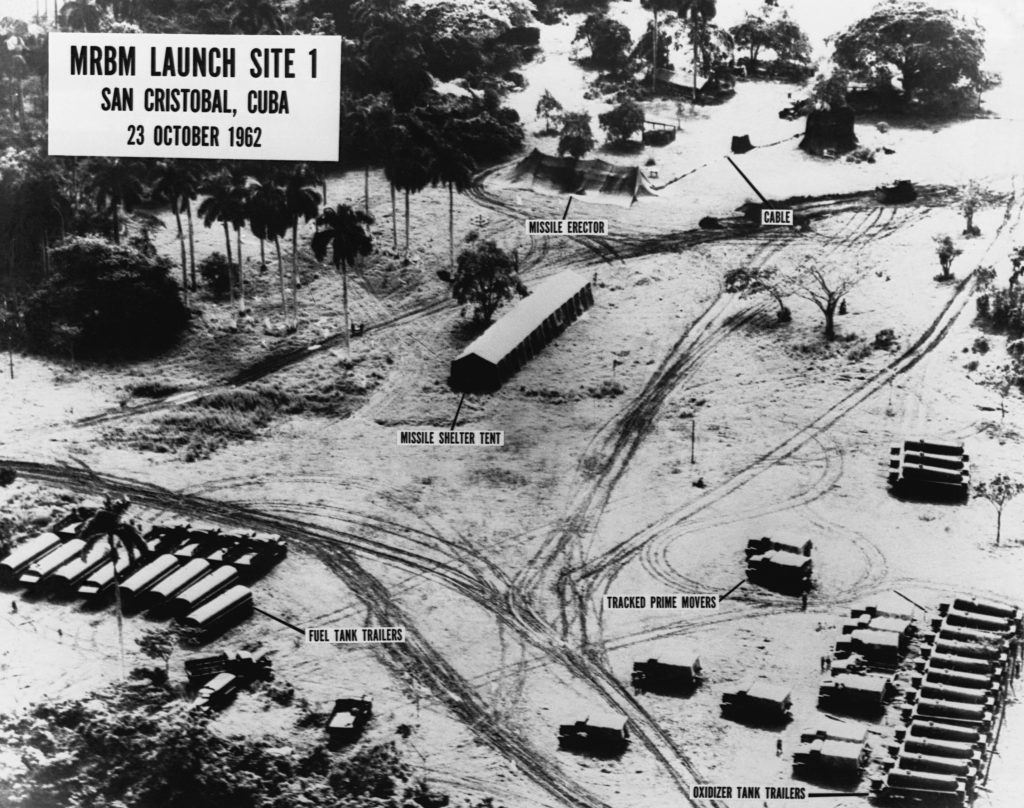NATO doubled down as the alliance demands Russian withdrawal from Ukraine, Georgia and Moldova

NATO had officially replied to Russia and provided NATO’s own proposals to Russia.
In short, NATO basically doubled down on their position and further demanded Russian withdrawal from Ukraine, Georgia and Moldova.
Russia was waiting for a reply from the United States, and the reply had instead came from NATO, and in General Jens Stoltenberg (NATO Secretary General)’s words, “dont so in parallel with the United States” – which is rather unusual, given United States is a member of NATO, to specifically emphasize this sounds a little beholden to the United States.
NATO outlined three conditions for “progress” and “de-escalation”.
1: Re-establishment of Russia-NATO diplomatic ties.
– To make dialogue easier, re-establishing respective offices in Moscow and Brussels.
– Use military-to-military channels of communications to promote transparency and reduce risk
– Setting up civilian hotline for emergency use.
2: European Security arrangements
– NATO to listen and talk to Russia on European Security
– Allowing each nation to choose its own security arrangements (DPA reads: allow Ukraine to join NATO)
– Russia to refrain from coercive force posturing, aggressive rhetoric, and malign activities directed against Allies and other nations (DPA reads: Russia to be pacifist)
– Russia to withdraw forces from Ukraine, Georgia and Moldova.
3: Risk reduction through transparency and arms control
– Mutual briefing on exercises and nuclear policies in NATO-Russia council
– Updating Vienna Document on military transparency
– Reduce space & cyber threats
– Prevent incidents on air and at sea
– Full compliance on chemical and biological weapons
– Arms control on nuclear weapons, ground-based intermediate & shorter range missiles
NATO views the above as agenda for meaningful dialogues and invites Russia to a series of meeting with the alliance to address all the above issues in greater detail within the NATO-Russia Council.
On top of that, Stoltenberg reiterates its intention to coordinate closely with Ukraine and other non-NATO partners + European Union (DPA reads: coordinate to fight together against Russia); and emphasized that NATO will not compromise on the security of the alliance.
From DPA point of view, NATO basically decide on their current status quo and is not taking any step back against Russia’s threats or demands. Particularly, Russia’s demand that Ukraine and other former Soviet non-NATO countries will never be accepted into NATO – this NATO made it very clear that, they will not agree to this, and prefers to keep this door open. So would also mean the demand of withdrawal of NATO troops from the Baltic countries is out of the conversation.


Russia is DEFINITELY not going to take this answer well, and we are assuming Russia is going to take further actions to further stoke up the tension between Russia and NATO, in particular United States. In Russia’s view, the only member state of “meaning” is United States – as such, even within the internal conversation within Russia, they are only expecting reply directly from the USA than from NATO.
There is a very high likelihood now that Russia would start a new Cuban missile crisis by deploying troops and assets in Cuba, Venezuela and Nicaragua as was suggested in the AP article: http://defensepoliticsasia.com/ap-russia-threatens-retaliation-if-ukraine-demands-not-met/. Russia would very well have the “rights” to deploy following the NATO’s logic that each country would have independence and immutable rights to deciding their own security partnerships and arrangements.


However, Cuban Missile Crisis 2.0 is likely to end more or less in the same way as the original one, as Russia, in our opinion, they are not intending to go to war at all (and thus an invasion of Ukraine is definitely never going to happen – if Russia wanted to do it, they would have already conquered Ukraine years ago when Ukraine was much weaker and disorganised). And with the deployment to the “new world”, both sides would then be able to mutually step back in a face saving way for both sides.
The ONLY worry is a gaffe from the White House, throwing what would be a predictable geopolitical dance, into a red hot war.

